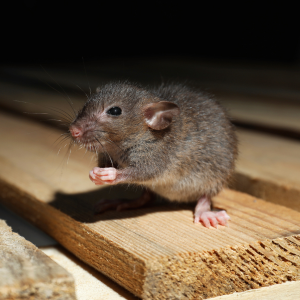House Mice

Proud Supporter of Disabled Veterans
No Contracts
Services provided without written contracts.
Introduction to
House mice are small rodents that can cause significant damage to homes and pose health risks due to their ability to contaminate food and spread diseases. This guide provides detailed information on how to recognize, understand, and manage house mice, including preventive measures and professional pest control solutions.
Recognition
House mice (Mus musculus) are small rodents with a typical body length of 2.5 to 4 inches and a tail of similar length. They have light brown to grayish-brown fur with lighter underbellies. Their ears are large and round, and they have small, beady eyes. House mice are distinguished by their small size, long tails, and pointed snouts. Their droppings are rod-shaped and pointed at both ends, typically about 1/8 inch in length, which can be a key indicator of their presence.
Biology
House mice belong to the family Muridae and have a short lifespan, usually living less than a year in the wild but up to two years in indoor environments. They reproduce rapidly, with females capable of producing up to 10 litters per year, each containing 5 to 12 young. House mice undergo a typical rodent life cycle, with young mice maturing quickly and becoming sexually active within six weeks. They are omnivorous, feeding on a variety of food sources, including grains, fruits, seeds, and household food scraps.
Habits
House mice are nocturnal and highly adaptable, capable of thriving in various environments. They are excellent climbers and can squeeze through openings as small as 1/4 inch. House mice are often found in kitchens, pantries, basements, attics, and wall voids. They build nests from soft materials such as paper, fabric, and insulation, often close to food sources. House mice are known for their gnawing behavior, which can damage structures, wiring, and personal belongings. They can also contaminate food and surfaces with their droppings and urine, posing health risks to humans.
Prevention
Preventing house mouse infestations involves several key strategies. Start by sealing entry points, which includes inspecting and sealing cracks and gaps around doors, windows, foundations, and utility pipes. Installing door sweeps and weather stripping can also help block entry points. Proper food storage is crucial; store food in airtight containers and clean up spills promptly to reduce attractants. Keeping garbage in sealed bins and disposing of it regularly further minimizes food sources for mice.
Professional
When house mice become a persistent problem, professional pest control services can offer effective solutions. STL Pest Control provides comprehensive inspections and tailored treatment plans to address house mouse infestations.



Our Office







